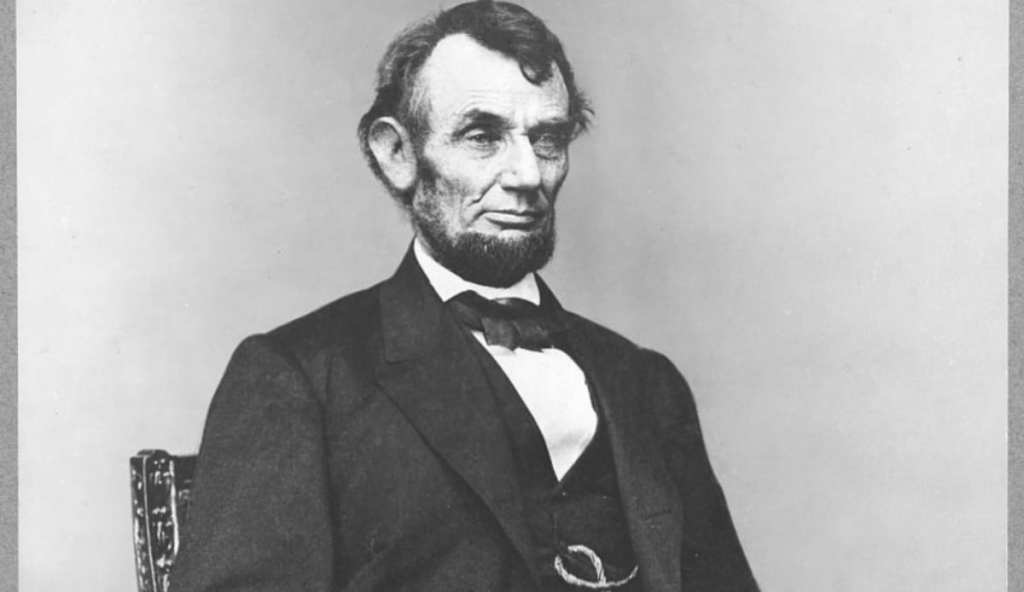Trending Now
If you’re any kind of geek when it comes to presidents, you probably already know that Abraham Lincoln wasn’t the most polished looking fellow. In fact, it seems from firsthand accounts that the man was downright awkward in a multitude of ways, from his gangly limbs to his troubles with public speaking.
A North Carolina newspaper, The Newbern Weekly Progress, wrote that the future president was “coarse, vulgar and uneducated.”
The Houston Telegraph claimed he was “the leanest, lankiest, most ungainly mass of legs, arms, and hatchet face ever strung upon a single frame. He has most unwarrantably abused the privilege which all politicians have of being ugly.”
A woman named Mary Boykin said Lincoln was “grotesque in appearance, the kind who are always at the corner of stories, sitting on boxes, whittling sticks, and telling stories as funny as they are vulgar.”
All of these are quite harsh, even by modern day standards, right?
Democrats took to begging the newspapers not to show his picture – a jeering, anti-Republican rallying cry that seemed to catch fire.
Now, being awkward is no crime, and it certainly has no bearing on one’s ability to govern, but it turns out that a public image was as important to a political career back then as it is today. In order to gain and then retain the confidence of the people, Lincoln resorted to what amounts to some old school Photoshopping.
He visited well-known Pennsylvania photographer Mathew Brady – a man who, according to The New York Times, was “not averse to certain forms of retouching.”

Photo Credit: Library of Congress
Brady was also quite good at posing his subjects to their advantage, and he combined his skills in the portrait above to brighten Lincoln’s face, disguise his neck with a broadened shirt collar, and to have the future President stand with curled fingers in order to obscure their impressive length.
Over the years, Brady created over 30 images of the President, all tweaked, smoothed, and adjusted to paint Lincoln in the best possible light.
After his assassination, people lamented the lack of “heroic style” portraits of Lincoln, causing painter Thomas Hicks to get super creative with his 19th-century ‘Photoshopping’ skills. Hicks put a picture of Lincoln’s head onto an engraving of John C. Calhoun’s body and then created a print.

Photo Credit: Library of Congress
Now, for those of you who’ve let your American history go unpolished for some time, here’s a reminder: John C. Calhoun was a racist wart who believed in States’ rights, clung to slavery like stink to a pig, and was one of the first people to suggest secession in South Carolina. So you have to imagine that Hicks got quite the laugh over lending Calhoun’s body to the man who defeated the Confederacy’s army and ideals.

Photo Credit: Library of Congress
Only the titles on the papers under their hands were changed, but literally no one noticed for years. It wasn’t discovered until photojournalist Stefan Lorant was compiling a book in the late 1950s and realized that Lincoln’s mole was on the wrong side of his face – and that this photograph is the same as the one on the $5 bill, except in reverse.
If you thought retouching photos was a 21st-century invention, the story of Lincoln’s photographs surely proves otherwise. Aside from the tricks used here, Brady and others could easily alter images in other ways, too. He edited members in and out of group photos and posed Civil War battlefields with living men mimicking the dead.
h/t: Atlas Obscura
If you liked this article, we think you might enjoy these, too!
https://didyouknowfacts.com/real-story-elizabeth-bathory-historys-prolific-female-serial-killer-b/
21-Year Old WWII Soldier’s Sketchbooks Offer a Stunning View of a Horrific War






